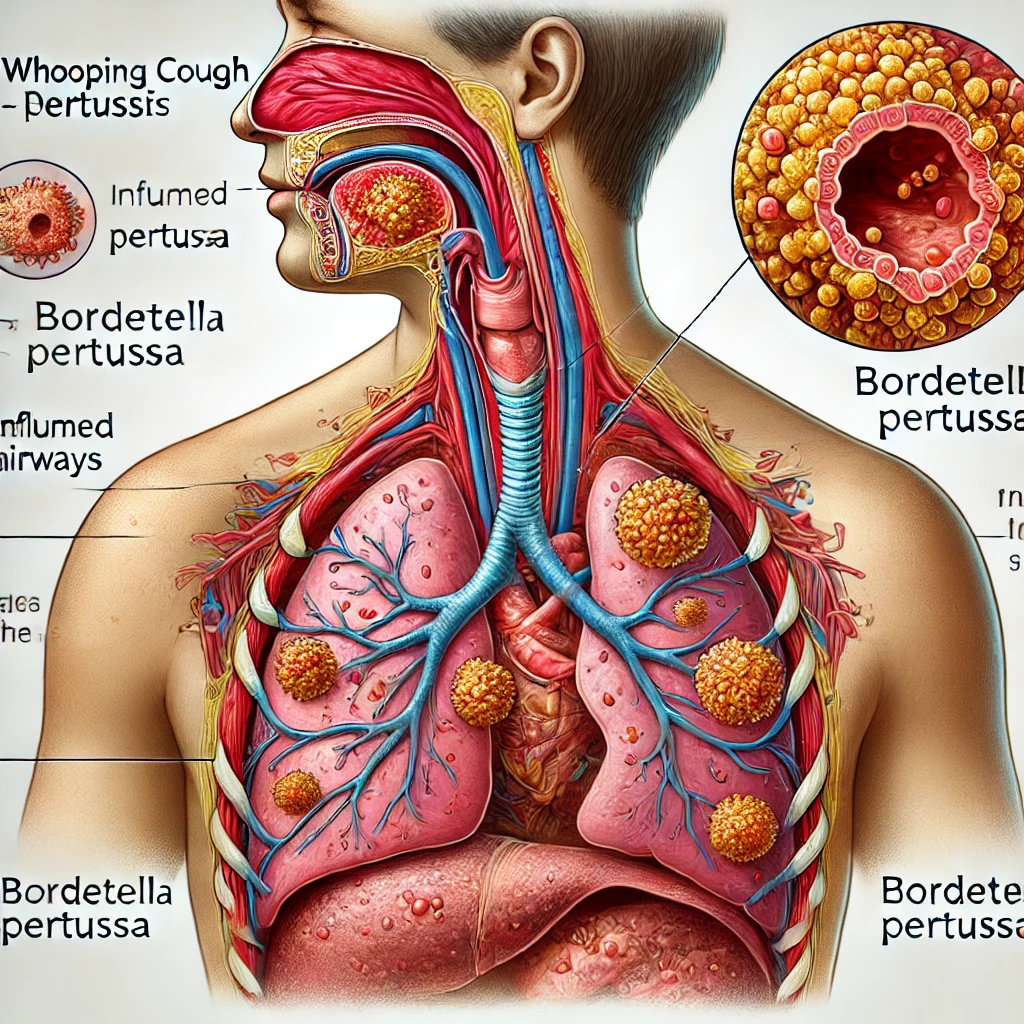
Whooping Cough Cases Surge Across the U.S., CDC Reports
Rates of whooping cough, also known as pertussis, are rising sharply across the United States, according to data from the Centers for Disease Control and Prevention (CDC). As of mid-December, over 32,000 cases have been reported, marking a sixfold increase compared to the same period last year and the highest numbers since 2014.
Whooping cough, a highly contagious respiratory illness caused by airborne bacteria, has seen outbreaks across multiple states. Approximately 25% of the cases have been concentrated in the Midwest, including Illinois, Indiana, and Pennsylvania, the latter recording the highest number of cases nationally. In Oregon, the state reported its highest pertussis case count since 1950, as confirmed in a recent news release.
The illness typically begins with cold-like symptoms and progresses into severe coughing fits, often accompanied by the distinctive "whooping" sound as individuals struggle to breathe. These coughing episodes can persist for weeks or even months.
While cases of whooping cough declined during the COVID-19 pandemic, the CDC reports that the country is returning to pre-pandemic levels of infections. The disease can affect individuals of all ages, but infants under one year old are especially vulnerable due to their underdeveloped immune systems.
Vaccination: The Key to Prevention
The CDC emphasizes vaccination as the most effective way to prevent pertussis. Children are advised to receive the DTaP vaccine, while adolescents and adults should get the TDaP booster. However, vaccination rates have fallen, with only 92% of kindergartners receiving the DTaP vaccine for the 2023-2024 school year, leaving gaps in community immunity.
For those who contract the illness, antibiotics can be effective if administered early, ideally within the first few weeks of infection. Preventive antibiotics may also be recommended for individuals exposed to the disease.
As the nation grapples with this resurgence, public health officials urge vigilance, particularly in protecting vulnerable populations and maintaining high vaccination rates to curb the spread of this preventable disease.